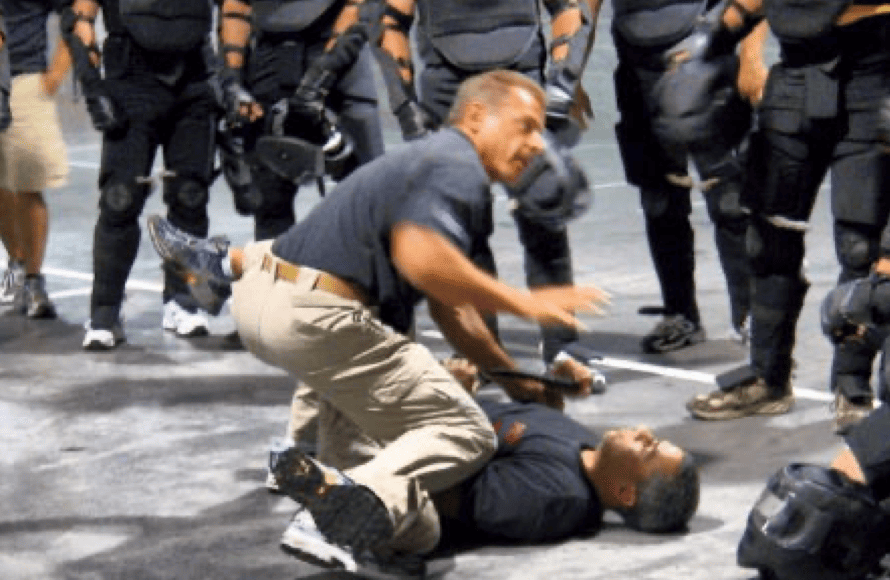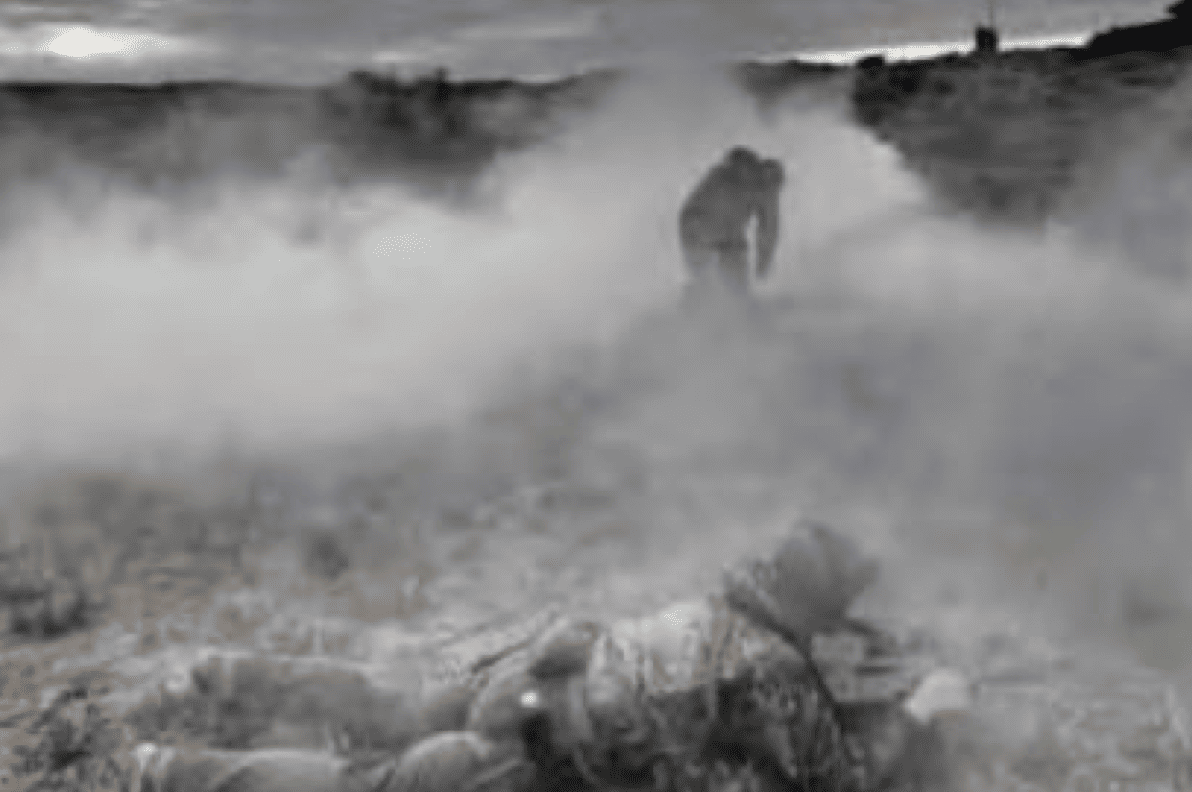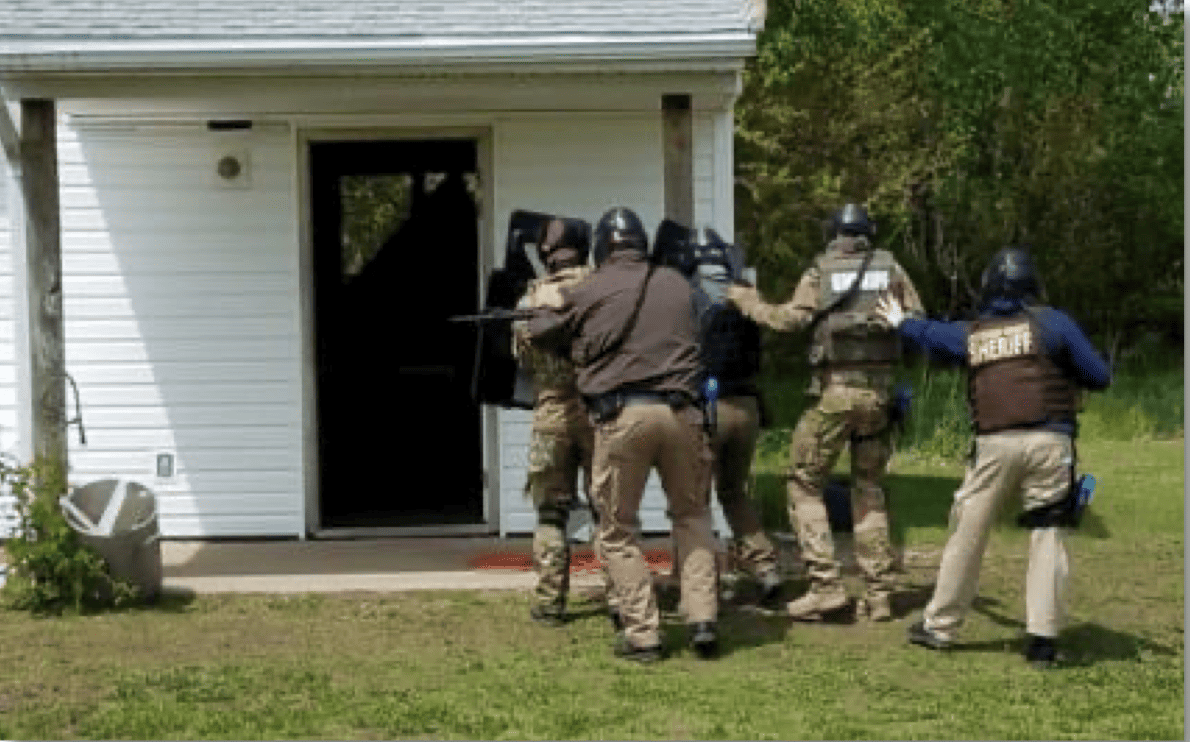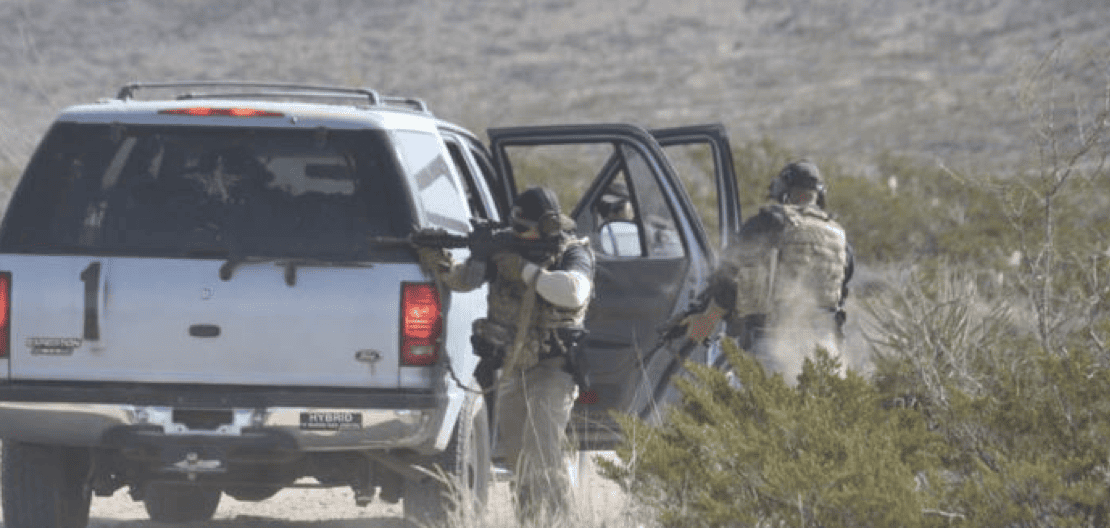
Thomas Lojek
Article
Rich Graham:
The shooter’s ability to think critically under stress
Rich is a former SEAL Team 10 Operator/Sniper. Since 2008, Rich has trained thousands of citizens, police, and military operators around the world.
Rich also consults with various corporations and government entities on security matters and team building.
Above all, Rich has been very active in many charities including: The Navy SEAL Foundation, Naval Special Warfare Family Foundation, Naval Special Warfare Kids, National UTD/SEAL Museum, Trident House Charity, Special Operations Warrior Foundation, Operation Restored Warrior, and is the president of Home Front K9 Project. Home Front K9 Project trains and donates Service Dogs to active-duty Special Forces families and disabled veterans.
The shooter’s ability to think critically under stress
When I work with shooters, there are two main things I focus on:
1. Building the individual’s ability to move effectively from behind the firearm, and
2. Developing the shooter’s ability to think critically under stress.
Focusing on these two specific things makes people more well-rounded shooters, thinkers, and movers behind their weapons.
Instead of just being able to pull the trigger and hit a target more often, my students know where and how to move and why they should do so at different times throughout different scenarios.
The shooting world often focuses on shooting fundamentals — the actual aspect of shooting the gun.
Through this mindset, we have developed many shooters to be extremely fast at performing magazine changes while engaging multiple targets.
Things of that nature are beneficial, but one area I feel is personally lacking is the individual’s ability to think critically under stress.
The downside to this is we have a bunch of really fast and accurate shooters who lack the ability to process information as fast as they are able to deliver rounds downrange.
Decisions to best engage a target
Many significant problems can develop if you are breeding a culture of shooters who cannot think or react while they’re shooting.
Therefore, one of our big goals at FSW has been to set up a variety of training scenarios and drills within our training programs to develop cognitive thinking under stress.
By setting up mental obstacles, the individual is forced to slow down to a pace that’s slower than they are used to shooting at but at a pace more appropriate to their ability to process the information they are receiving.
In doing so, shooters receive, analyze, and process the data to make specific judgment calls or decisions to best engage a target.
Where this becomes significantly important is an active-shooter situation where those responding need to process info quickly and respond effectively rather than just bursting in guns blazing.
Here in America, in an active-shooter situation, we have seen a rise in armed citizens attempting to help or work alongside law enforcement officers.
Most of these settings are highly populated areas with many moving parts involved.
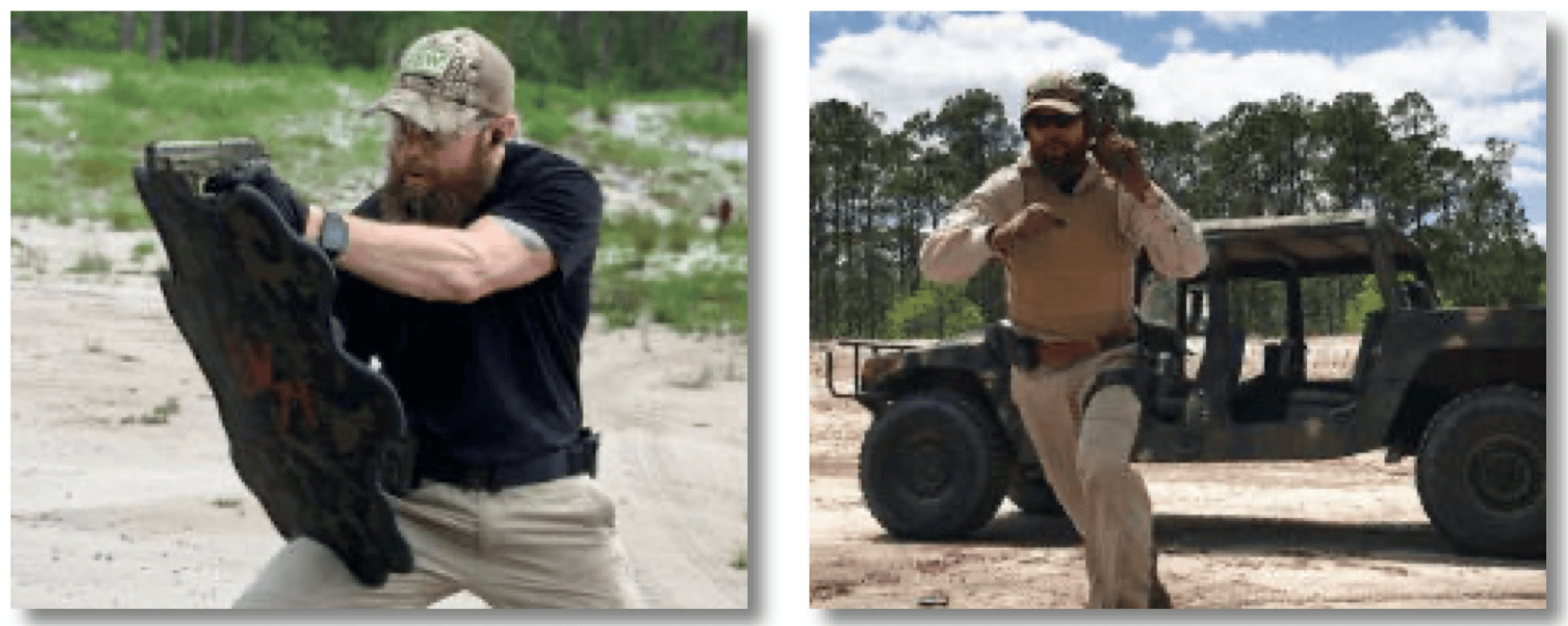
The ability to think critically under stress
I have worked with law enforcement agencies and private citizens around our country to develop the two primary training focuses: the ability to think critically under stress and the ability to move your body behind the firearm.
The ability to assess the situation and make good judgment calls first before engaging is critical to avoid putting someone in a position where they shoot first and then realize, “Oh man, I shot the wrong target!”
The ability to move your body behind the gun allows those responding to situations to move in and around crowds, through buildings or debris, or to find better cover from the target while moving into better positioning to take down the target.
In my classes, once we have developed a foundation for students to work on, we then transition into developing their ability to move better and faster.
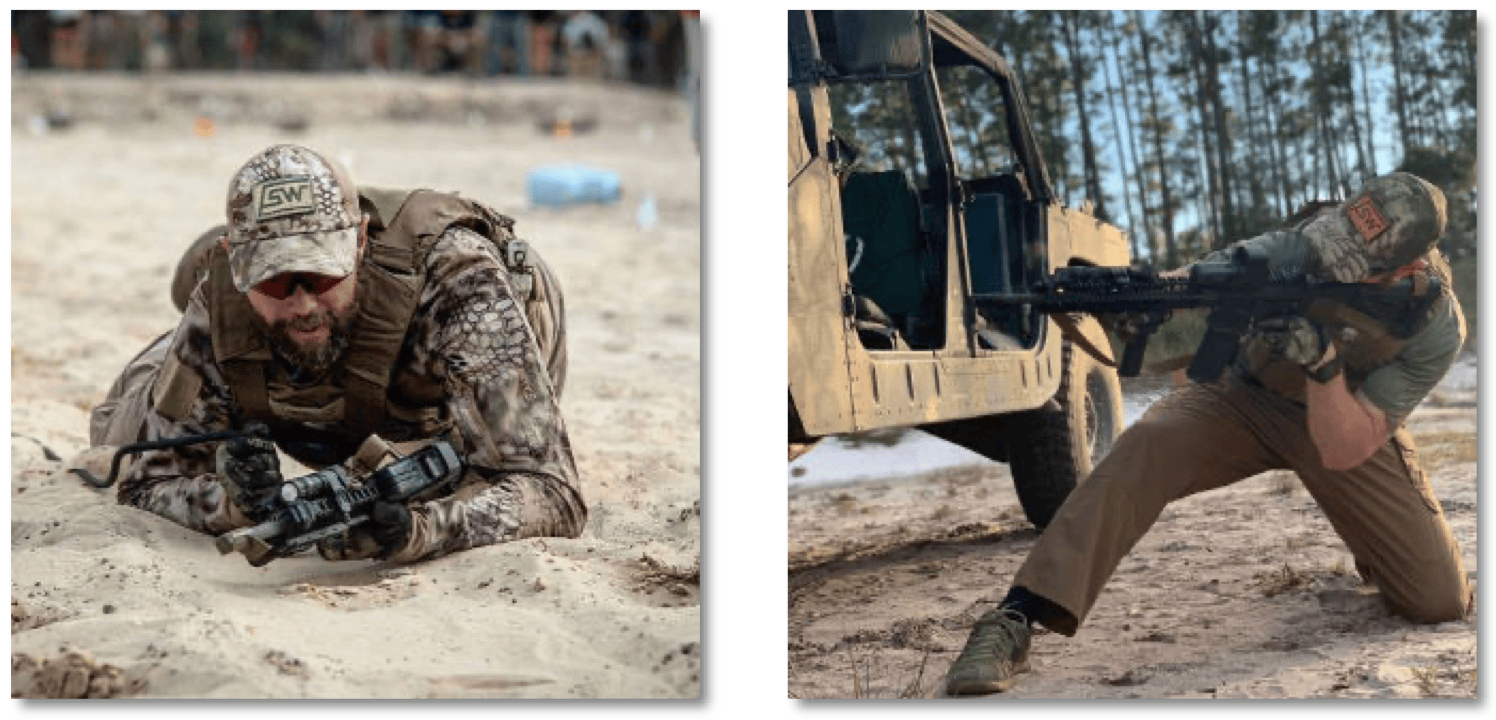
The firearm is only as good as the person who is behind it
This brings me to a saying we have here in the States.
There’s a gun-control joke that goes like this: “I left my firearm out on the front porch for a week, and it didn’t shoot anybody. Guns don’t kill people; people kill people with guns.”
There is truth to that, but there is also truth to the fact that the firearm is only as good as the person who is behind it.
A samurai’s sword is sharp and can cut, but the difference is that the samurai sword is only as effective as the person who is wielding it.
It takes finesse rather than just a baseline knowledge of pointing a gun and pulling a trigger.
The samurai is a warrior, and his success comes from his fitness, mobility, technical skillsets, and critical thinking under stress.
My goal is to develop strong-moving, critically thinking warriors who can perceive and react to a variety of situations.
At Full Spectrum Warrior, we train the body and the mind to be just as effective — or more effective — than the weapons we are implementing.
